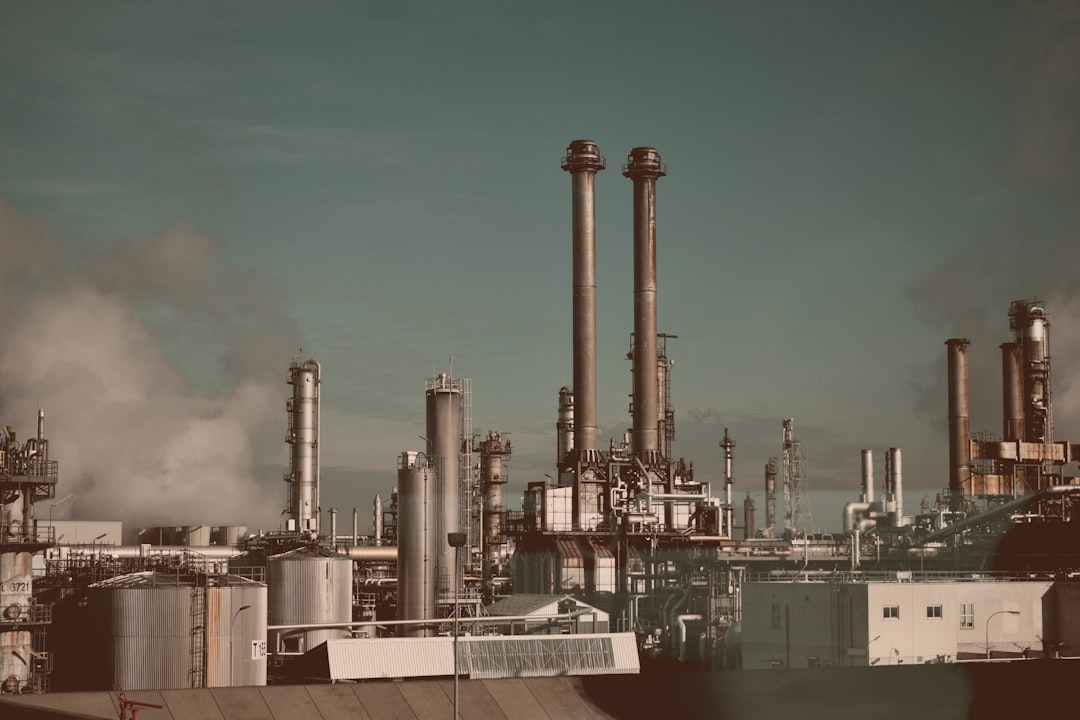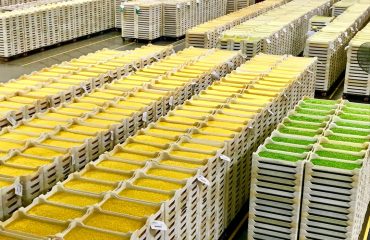body { font-family: sans-serif; line-height: 1.6; }
h1, h2, h3 { color: #333; }
h1 { font-size: 2.5em; }
h2 { font-size: 2em; }
h3 { font-size: 1.5em; }
The steel industry is a significant contributor to global greenhouse gas emissions. As pressure mounts to reduce carbon footprints, accurate and transparent reporting of carbon emissions is no longer a luxury, but a necessity. This post delves into the complexities of reporting carbon emissions in steel production, providing a comprehensive overview for industry professionals, investors, and anyone interested in the decarbonization of this vital sector.
Understanding the Scope of Steel Emissions: Scope 1, 2, and 3
Reporting carbon emissions in steel involves classifying them according to their source, using the widely accepted Greenhouse Gas Protocol. This protocol categorizes emissions into three scopes:
- Scope 1: Direct Emissions: These are emissions directly from owned or controlled sources. In steel production, this includes emissions from coke ovens, blast furnaces, and direct combustion in various processes. Accurate measurement involves meticulous monitoring of fuel consumption and emission factors specific to the used fuels and processes.
- Scope 2: Indirect Emissions from Energy Consumption: These emissions arise from the generation of purchased electricity, heat, or steam used in the steelmaking process. Reporting requires data on energy consumption and the associated carbon intensity of the electricity grid or energy supplier. This often involves obtaining carbon emission factors from the utility providers.
- Scope 3: Other Indirect Emissions: This is the most complex category, encompassing emissions from sources not owned or controlled directly by the steel producer but are a consequence of their activities. Scope 3 emissions in steel production include:
- Upstream emissions: From raw material extraction (iron ore mining, coal mining), transportation of raw materials, and manufacturing of purchased goods and services.
- Downstream emissions: From the transportation of finished steel products, use of steel in construction and manufacturing, and end-of-life disposal or recycling.
Accurately quantifying Scope 3 emissions often requires collaboration with suppliers and customers, relying on industry average emission factors or more detailed life cycle assessments (LCAs) where possible.
Calculating Carbon Emissions: Methods and Data Requirements
Accurate carbon emission calculations require robust data collection and appropriate methodologies. Common methods include:
- Tier 1: Direct Measurement: This involves directly measuring emissions using on-site monitoring equipment. This is the most accurate method but can be expensive and complex to implement.
- Tier 2: Emission Factors: This uses default emission factors from industry databases or regulatory bodies. This approach is less precise but more readily available and cost-effective.
- Tier 3: Mass Balance Approach: This method is particularly useful for Scope 3 emissions, estimating emissions based on the mass of materials used and associated emission factors. This requires detailed material flow analysis.
Data requirements include detailed records of fuel consumption, electricity usage, material inputs, transportation distances, and production volumes. Data quality is crucial for the reliability of the emission calculations.
Reporting Frameworks and Standards: Ensuring Transparency
Several frameworks and standards guide carbon emission reporting in the steel industry, ensuring transparency and comparability. Key frameworks include:
- Greenhouse Gas Protocol: Provides the foundational framework for corporate greenhouse gas accounting and reporting.
- Carbon Disclosure Project (CDP): A global non-profit that encourages companies to disclose their environmental impacts, including greenhouse gas emissions.
- Sustainability Accounting Standards Board (SASB): Develops industry-specific sustainability accounting standards, providing guidance for materiality assessment and disclosure.
- Global Reporting Initiative (GRI): A widely used framework for sustainability reporting, including environmental performance indicators.
Adherence to these frameworks ensures consistency and comparability of reported data, facilitating informed decision-making by stakeholders.
Technological Advancements and Decarbonization Strategies
The steel industry is actively pursuing decarbonization strategies to reduce its environmental footprint. Key technological advancements include:
- Hydrogen-based steelmaking: Replacing coal with hydrogen as a reducing agent in the blast furnace significantly reduces CO2 emissions.
- Electric arc furnaces (EAFs): Utilizing electricity instead of fossil fuels for steel production, particularly suitable for scrap-based steelmaking.
- Carbon capture, utilization, and storage (CCUS): Capturing CO2 emissions from steel plants and storing them underground or utilizing them in other industrial processes.
- Improved energy efficiency: Optimizing energy consumption through process improvements and technological upgrades.
Adoption of these technologies is crucial for achieving significant reductions in steel industry emissions.
The Future of Carbon Emission Reporting in Steel: Transparency and Accountability
The future of carbon emission reporting in steel hinges on increased transparency and accountability. This includes:
- Enhanced data collection and verification: Improving data quality and reliability through robust monitoring systems and third-party verification.
- Standardized reporting methodologies: Ensuring consistent and comparable reporting across the industry.
- Increased stakeholder engagement: Involving investors, customers, and other stakeholders in the reporting process.
- Policy and regulatory support: Implementing policies that incentivize emission reductions and transparent reporting.
As the demand for sustainable steel grows, accurate and transparent carbon emission reporting will become increasingly critical for the industry’s long-term success and the broader fight against climate change.
Tags: Steel emissions, carbon reporting, decarbonization, greenhouse gas protocol, sustainability reporting




